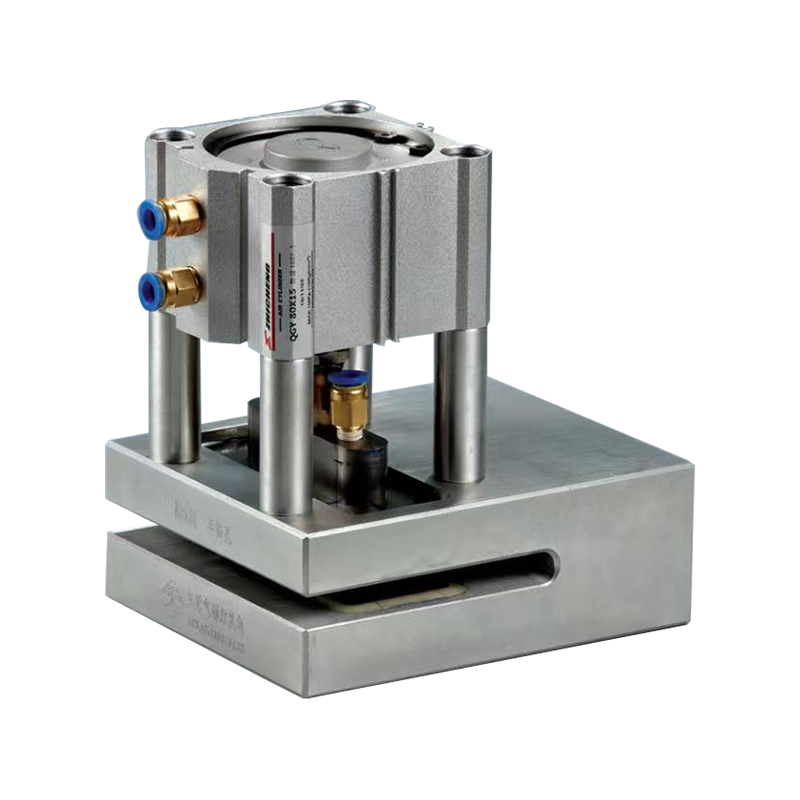Request A Quote

In the modern textile and clothing industry, optimization of the production process of quilting machines not only increases efficiency but also significantly reduces environmental impact.
The introduction of an intelligent control system can monitor the machine's operating status in real time and optimize operating parameters. Through data analysis, machine speeds and feed rates can be adjusted to increase production efficiency and reduce energy consumption. Use automatic cutting and feeding systems to reduce manual operations, improve accuracy, and reduce material waste caused by human errors.
Computer-aided design (CAD) and computer-aided manufacturing (CAM) software are used to plan material layouts. Through accurate calculation, the utilization rate of materials can be maximized and the generation of leftover materials can be reduced. Reasonably configure the production line to ensure that each link can be efficiently connected, reduce material transportation and processing time, and thereby reduce resource waste.
Choose high-efficiency motors and drive systems to reduce energy consumption and improve overall work efficiency. Apply energy recovery systems where appropriate, such as converting heat generated during machine operation into usable energy to further improve energy efficiency.
Establish a waste recycling mechanism to classify and recycle waste materials generated during the production process and look for opportunities for reuse. For example, recut scraps for use in small products or accessories. The monitoring system records waste generation, analyzes the causes of waste generation, and formulates corresponding improvement measures to reduce future waste generation.
Choose environmentally friendly thread materials and accessories to avoid the use of harmful chemicals and dyes to reduce environmental pollution. If chemicals are used in the production process, a compliant waste liquid treatment system must be established to ensure the safe handling and discharge of chemical waste and comply with environmental regulations.
Regularly evaluate the production process, identify redundant links, simplify operating steps, improve production efficiency and reduce resource consumption. Research and introduce new quilting processes, such as digital quilting and laser quilting, to improve sewing efficiency and quality and reduce reliance on traditional processes.

Regularly conduct environmental protection and sustainability training for employees to improve their awareness of resource conservation and waste management, so that they can consciously practice environmental protection measures at work. Establish an employee feedback mechanism to encourage employees to propose optimization suggestions and actively participate in the improvement of the production process and the implementation of environmental protection measures.
Work with suppliers to promote environmentally friendly practices throughout the supply chain, ensure sustainable sources of raw materials, and reduce the environmental impact of the overall production process. Choose materials and equipment suppliers that meet environmental protection standards, such as OEKO-TEX or GOTS certified products, to ensure that the materials used meet sustainable development requirements.
Through the comprehensive application of automation technology, material utilization optimization, energy-saving measures, waste management and chemical management, companies can achieve a win-win situation for environmental protection and economic benefits. Continuous attention and improvement of these practices will lay a solid foundation for the sustainable development of enterprises and enhance their competitiveness in the market.
Copyright © ChangZhou AoHeng Machinery Co., Ltd. All Rights Reserved

 English
English 中文简体
中文简体 русский
русский Español
Español